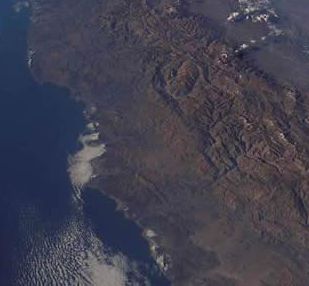This photo, taken from space, shows the Southeast Pacific Ocean on the left, with patches of stratocumulus clouds along the coast of South American. Moving to the right (east) one can see the low lying coastal Atacama Desert and the Andes Mountain Range.
Click on image for full size
Image Courtesy of NASA
What are VOCALS' scientific questions?
The VOCALS scientists are very curious people. They want to find answers to three main questions:
How do small particles in the air affects the formation of stratus clouds and the drizzle they produce?
How do the oceans, atmosphere, and land affect each other in the Southeast Pacific region?
How well do measurements taken by instruments on satellites
far above the Earth compare to those made on ships, airplanes, and on the land?
All of these questions must be answered! They are very important to scientists. VOCALS' results will help us to know how the whole Earth's climate is influenced by the Southeast Pacific region.
You might also be interested in:
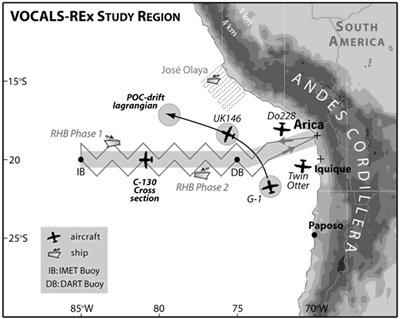
Scientists must work very hard! It will take time for them to understand the information they collected during VOCALS. They must study the measurements and use them to improve their models of clouds,
...more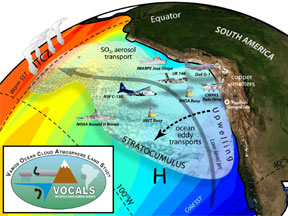
During the month of October 2008, a team of scientists is going to the Southeastern Pacific Ocean and parts of Chile and Peru. They will make observations and take measurements to learn more about how
...more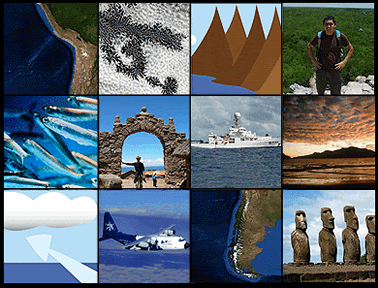
Sometimes scientists have to go far from home to find answers to their questions. Just like you, they have many questions, such as: What types of clouds form over the Pacific Ocean? What instruments should
...more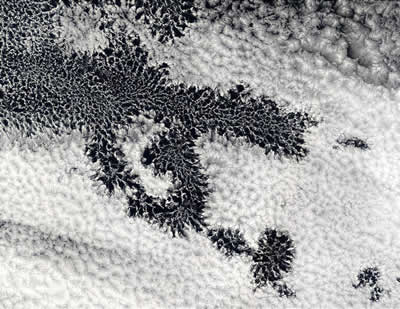
Scientists use satellites in the VOCALS field campaign. They also gather data from instruments on ships and on airplanes. They put the data from the satellites, ships, and aircraft together to get a better
...more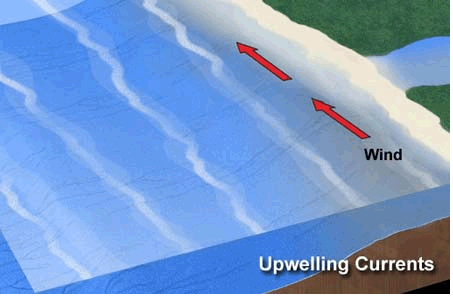
There are many connections between the ocean and the atmosphere in the Southeast Pacific Ocean. Strong winds blow north along the coast of South America. These winds stir up the ocean. That brings cold
...more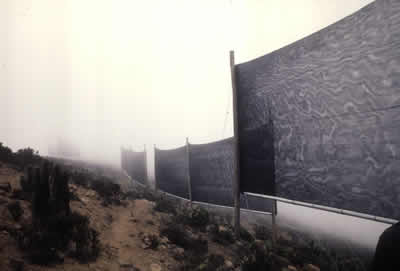
People who live in the Atacama Desert have a hard time finding the water they need. There is very little water there. One place where people get the water they need to survive is from the sky. Fog fills
...more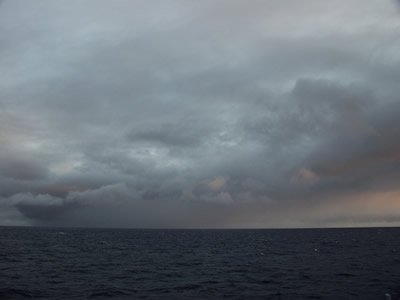
The Southeast Pacific region contains the world's largest set of stratocumulus clouds. These clouds extend for almost 2,000 kilometers (1,243 miles) off the west coast of South America from central Chile
...more


